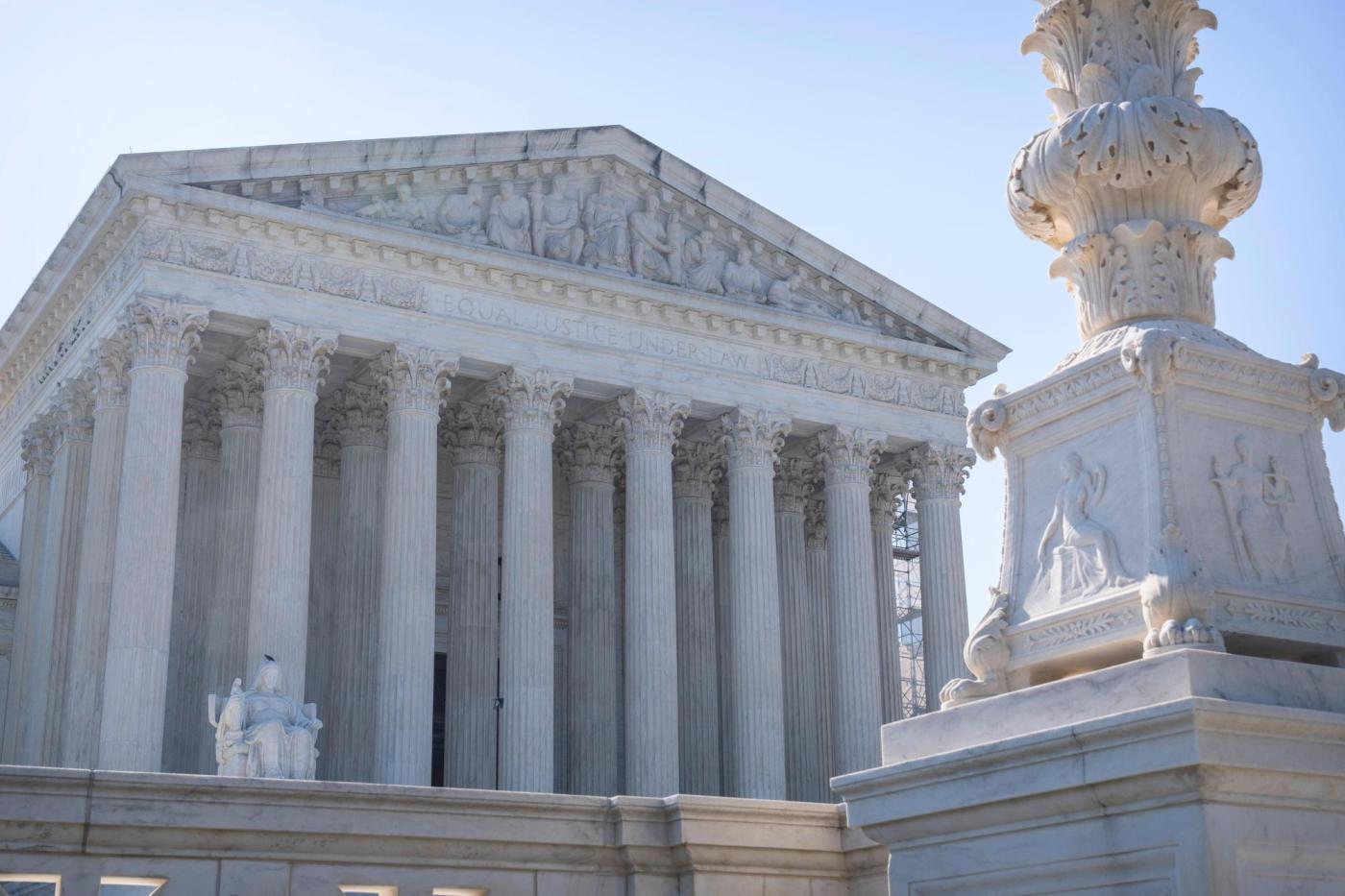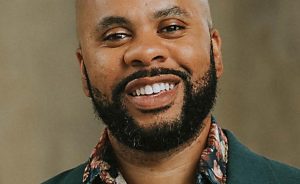In a blockbuster decision, the Supreme Court has held for the first time that social media platforms, just like newspapers, have First Amendment rights that bar the government from forcing them to leave up or take down content. The decision, Moody v. NetChoice, can be understood as the Brown v. Board of Education of the emerging field of social media law: It establishes basic principles and rights that the courts will use to shape the evolution of the social media industry in the US and beyond.
The majority opinion, written by Justice Elena Kagan and joined by the court’s other liberals as well as by moderate conservatives Chief Justice John Roberts, Justice Brett Kavanaugh and Justice Amy Coney Barrett, technically sent the case back to the lower courts for a do-over. But in the process of telling the lower courts what they should do, the majority opinion laid out the free-speech principles that apply to social media. That’s what makes the case so important.
At issue were laws passed by Texas and Florida in the wake of conservative users’ complaints that their views were being censored by the platforms. The laws were designed to limit how social media companies could remove or restrict political content. The lower courts, the majority said, hadn’t fully addressed the technical question of whether the state laws being challenged were “facially unconstitutional,” meaning they could not have been constitutional under any circumstances.
The most crucial part of today’s case is that the platforms are no different from newspapers, the archetypal bearers of free press and free speech rights. It’s significant that the chief gave Kagan, a lifetime strong supporter of free speech, the opportunity to write such an important decision.
In setting rules for content moderation and in curating users’ feeds through algorithms, Kagan wrote, the platforms are exercising editorial discretion. And it doesn’t matter that they typically allow the great majority of posted content to stay up: Editorial discretion is protected by the First Amendment and exists even if an editor or curator only bars certain limited types of speech.
The algorithm question
This conclusion might sound obvious, but it wasn’t. For some years, advocates of directly regulating the platforms have claimed that they should be treated not like newspapers, but like common carriers — entities like railroads or package delivery companies that take on all comers, and therefore may be regulated by the government without worrying about freedom of speech.
Kagan’s opinion makes that argument passé. In addition to newspapers, which are entitled to First Amendment-protected editorial discretion when they decide what to publish, she also compared the platforms to cable companies, which the court has held may not be forced to carry content they don’t wish to carry.
In First Amendment law, comparing platforms to newspapers and parade organizers gives them the highest level of protection available. And that protection extends not just to human discretion in individual cases but to the algorithms that control the vast majority of content curation, Kagan wrote.
The algorithm question is especially subtle because it raises the intriguing question of whether free-speech rights should apply to purely algorithmic choice that is not oriented toward human decisions about what content should be allowed. Barrett wrote a concurrence in which she raised this problem without answering it, also invoking artificial intelligence as a potential twist. In a footnote, Kagan replied that her opinion wasn’t addressing algorithms that “respond solely to how users act online.”
But as someone who has advised various big platforms on content moderation and free-speech issues, I can tell you that I haven’t encountered an algorithm that pays no attention to curation according to content-moderation rules. If one does exist, that company could protect its algorithm by simply adding a component to the algorithm that considers such standards. And AI is itself a set of algorithms, which can be set to take account of content moderation rules — as all the public-facing, foundational LLM models already do.
The takeaway for the platforms, and their users, is that the act of curation is protected by the First Amendment.
‘Inherently expressive’
Justice Samuel Alito, joined by the other hardline conservatives, justices Clarence Thomas and Neil Gorsuch, wrote a concurrence that functioned almost like a dissent. The conservatives wanted the common carrier arguments to be addressed, not sidelined the way the majority opinion did.
Related Articles
The Supreme Court just limited federal power. Health care is feeling the shockwaves
DA agrees to Trump hush money sentencing delay in wake of Supreme Court immunity ruling
The US Supreme Court’s presidential immunity ruling, explained — and what it means for when Trump could stand trial
Highlights from Supreme Court term: Rulings on Trump, regulation, abortion, guns and homelessness
Feldman: The Supreme Court just gave itself a lot more power
Alito’s key argument was that there should be no First Amendment protection when someone is merely the “compiler” of material for publication and the compilation is not “inherently expressive.” For what it’s worth, it seems obvious to me that the platforms’ curated compilations are inherently expressive, since they are meant to give users a certain experience and to differentiate their platform from the other platforms. But Alito would appear to disagree.
We will be hearing more about free speech and social media in the future. Barrett’s concurrence devoted a paragraph to raising questions about the federal government’s TikTok ban, which is likely to reach the Supreme Court in 2025. But those future cases will be decided against the backdrop of the NetChoice decision, which is going to be a free-speech landmark for at least a generation.
Noah Feldman is a Bloomberg Opinion columnist and professor of law at Harvard University. ©2024 Bloomberg. Distributed by Tribune Content Agency.












